
All categories
Featured selections
Trade Assurance
Buyer Central
Help Center
Get the app
Become a supplier

(29 products available)













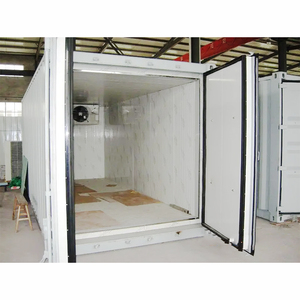






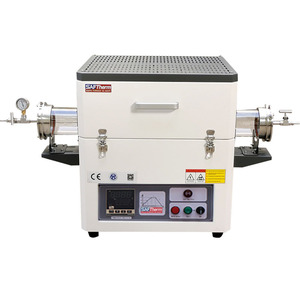


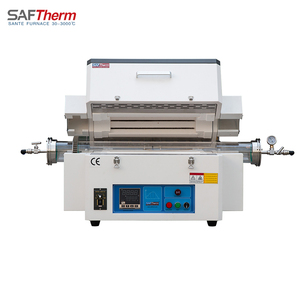



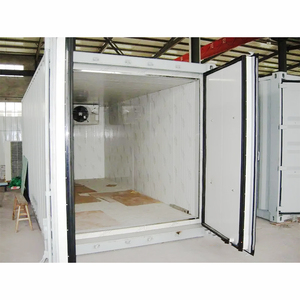



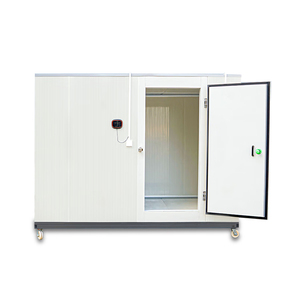







Spec temperature chambers are divided into three essential departments, mainly according to the specification of the temperature and humidity they are meant to achieve.
Standard Temperature and Humidity Testing Chambers
This chamber, featuring a normal working range of -70 to +180 degrees Celsius, can be used for many temperature and humidity testings and conservations.
High-Temperature Test Chamber
This chamber is mainly designed for testing samples beyond this usual range of temperatures.
Low-Temperature Test Chamber
The low-temperature chamber ranges from -40 to -70 degrees Celsius.
Heat Test Chamber
The heat chamber operates at high temperatures with enhanced ventilation to distribute heat uniformly across all specimens.
These large chambers are intended for big samples or several small ones at once. They accommodate bulky items while still enduring extreme temperatures from -40 to +140 degrees Celsius.
Inverter Technology
Here comes the latest containment technology, which is of great advantage in precision and efficiency.
Benefits of Inverter Systems
Conversely, these systems reduce energy consumption, minimize temperature oscillation, and increase the capability of tight temperature regulation under changing loads.
This tool is mainly about offering tight temperature control within +/ - 0.5 degrees Celsius of the desired point.
Spec temperature chambers come with eco-friendly refrigerants that work efficiently over a broad temperature range.
The efficient refrigeration system makes it incredibly quick to reach and maintain selected temperature levels with lower energy consumption than outdated models.
The spec temperature chambers are built from heavy-duty materials like stainless steel for long-lasting performance against corrosion and extreme testing conditions.
Convenience is provided by a 7-inch large HD display that helps monitor and control temperature and humidity with real-time graphical displays.
The programmable logic controller (PLC) lets users develop advanced testing regimes with complex sequences and intervals.
The chamber can produce a high relative humidity of up to 98%, making it suitable for testing materials that require wet-heat conditions.
The swing test up to 6 m/s permits assessment in very realistic conditions, especially for automotive, aerospace, and marine industries.
In the temperature-test chamber, the testing area is sufficient for users to accommodate various items, including large ones such, electronics, materials, and mechanical components.
Temperature-controlled chambers perform a very critical role in this industry as they are used to test circuit boards, semiconductors, and other components, making sure these materials endure extremes of temperature and humidity.
Aerospace components must work in extreme conditions. Temperature and humidity test chambers replicate outer space and weather conditions to validate the performance and reliability of aircraft and spacecraft parts.
In the automotive industry, temperature and humidity test chambers help in assessing the performance of batteries, interior materials, electronic systems, and mechanical components under changing environmental conditions.
These chambers help test drug formulations, packaging materials, and medical devices, making sure the products withstands extreme temperature and humidity before they hit the market.
For this industry, experts conduct stability, durability, and compatibility tests of various materials, including plastics, metals, and composites, in extreme temperatures and humidity.
Customers use temperature-control chambers to evaluate paints, coatings, and other materials subjected to various environmental conditions in this industry.
The battery temperature test chamber helps assess the performance and safety of energy storage systems, including batteries and supercapacitors, under different temperature scenarios.
These chambers are commonly found in R and D laboratories across the industries to support product innovation through rigorous environmental testing.
Temperature and Humidity Range
Achieving both the required temperature and humidity ranges for a particular process is essential for sustained results.
However, certain advanced temperature-controlled chambers can achieve temperatures as low as -70 degrees Celsius or as high as 180 degrees Celsius and replicate up to 98% relative humidity.
Size and Capacity
Firms such as spacious electronics or automotive parts select larger chambers like walk-in models able to accommodate entire products or multiple prototypes at once.
However, firms with smaller samples may go for compact benchtop models that need less floor space.
Testing Speed and Efficiency
Chambers with powerful refrigeration systems and inverter technology not only reach target temperatures faster but also maintain them with utmost precision.
Control System and User Interface
The control systems of such a temperature chamber are PLC-based, helping users create complex testing sequences and programs.
A large HD display makes monitoring and adjusting easier for customers, offering intuitive navigation and real-time graphical data.
Durability
This demands reliable construction using corrosion-resistant materials like stainless steel in a closed chamber to withstand long-term use in extreme environments.
Industry-Specific Compliance
Many industries' temperature-control chambers comply with industry standards, including military specifications for reliability and testing purposes.
Budget and ROI
Businesses are advised to balance their capital costs with long-term rewards when selecting temperature chambers, considering aspects like energy efficiency, maintenance expenses, and possible lifespan.
These chambers simulate real-life conditions to ensure products perform reliably and last over time.
Focus on the range, speed, capacity, humidity control, energy efficiency, and ease of use. The chamber should handle weather extremes and test all parts at once and be quick, effective, and user-friendly.
The chambers simulate conditions products will face, ensuring drugs and packaging stay effective over time. They save money by reducing redesigns and confirm compliance with safety rules.
The impact is that it ensures materials endure real-life conditions like rain and fog, which could in turn lead to better, longer-lasting materials for construction, clothing, and more.
Inverter technology improves efficiency by adjusting power levels to match needs, which also helps reduce energy use, heat, noise, and wear while providing consistent temperatures for precise testing.